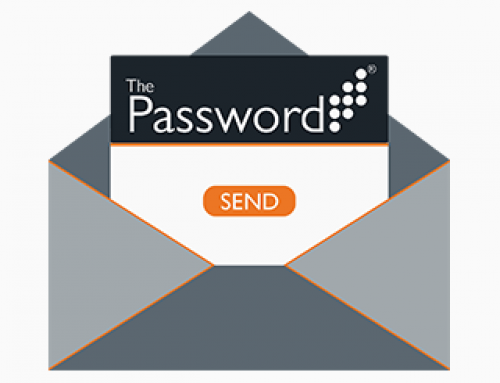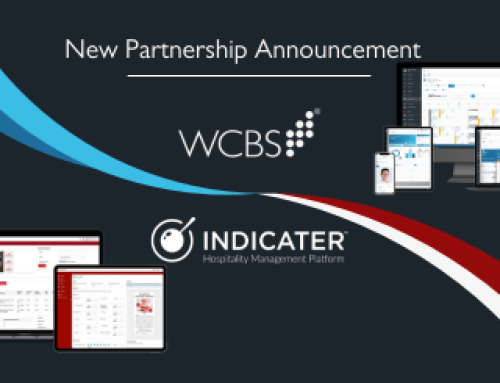In this guest blog, WCBS partner Firefly hones in on why the next generation of EdTech is essential for the modern learning experience in schools today.
Learning is a messy process. The modern learning experience is complex, fluid and unpredictable and as any teacher will tell you, no two classes are ever the same. However, schools today are facing significant challenges; increasing budget pressures, rising parental and student expectations, and increasing competition to retain the best teachers have all meant that school leaders are having to find more innovative ways of achieving their core aim – providing extraordinary learning opportunities for their students.
Unfortunately, many schools are being held back by the limitations of traditional EdTech solutions, which tend to be rigid in their approach, delivering a fragmented, one-size-fits-all model. Teachers end up working in siloed environments and there is a significant risk of data exposure.
In response to this, more and more school leaders are turning towards a new class of EdTech platform, one designed to meet the needs of schools and power the modern learning experience. So what do these platforms look like?

Born for schools, they have the learning experience at the core of their DNA. Purpose built for schools rather than retrofitted from existing solutions, ongoing development and design, inspired by teachers, ensures that a modern learning experience platform understands and supports the inherently complex, fluid and chaotic nature of modern learning. They recognise the importance of partnership, working together as the anchor of a school’s core systems to provide schools with a single central hub rather than dozens of disconnected tools. This eliminates data silos, reduces the maintenance burden and crucially, enables one ‘true view’ into the school.
This means that they fit the unique culture of each school. Every school is different and needs a tool that works for them, rather than something they must learn to accommodate. Giving them a tool that they can adapt to their own unique structures, operations, and processes means that schools can promote and magnify the strength of their values and teachers have the freedom to guide and continuously adapt the learning journey. Less time is wasted on administrative, non-teaching activities, and teachers can go back to doing what they do best – teaching!
Of course, a school is far more than just a series of classrooms, it is a community of people working together. The more effectively this community is able to engage with each other, the better the outcomes for everyone. Modern learning solutions enable whole-school community engagement with curated and personalised communication for everyone. They achieve this by delivering a combination of complete observability of the learning experience, along with ongoing dialogues between everyone involved. In this way, schools are able to transcend the traditional classroom boundaries to embrace the entire learning experience.
Finally, schools want to be able to go further every day. Modern learning experience platforms understand the importance of insights-driven excellence – capturing the learning journey: every class, every term, every year to enlighten leaders with whole-school visibility over time. They foster teacher to teacher collaboration enabling differentiated learning, helping each child get better every day, without adding complexity or burden for their teachers.
Those schools that have made the strategic shift away from traditional EdTech are now setting a new standard of excellence by liberating teachers to help every student reach their full potential. Pedagogy once again sits at the heart of their day to day activities and their teachers have the freedom to do what they do best. The schools have become more inclusive for everyone involved in the learning process, leading to better outcomes for students, teachers, parents, and school leaders alike, providing a dynamic, engagement-centric experience, open to the entire school community.
The world is changing all the time and the requirements of schools are moving with it. Technology must give schools the versatility to move with the shifting requirements of the modern education landscape if they are to deliver the modern learning experience.


